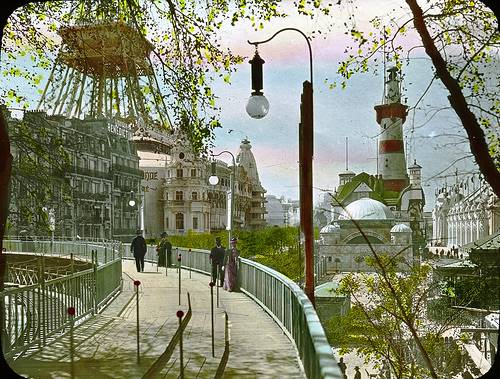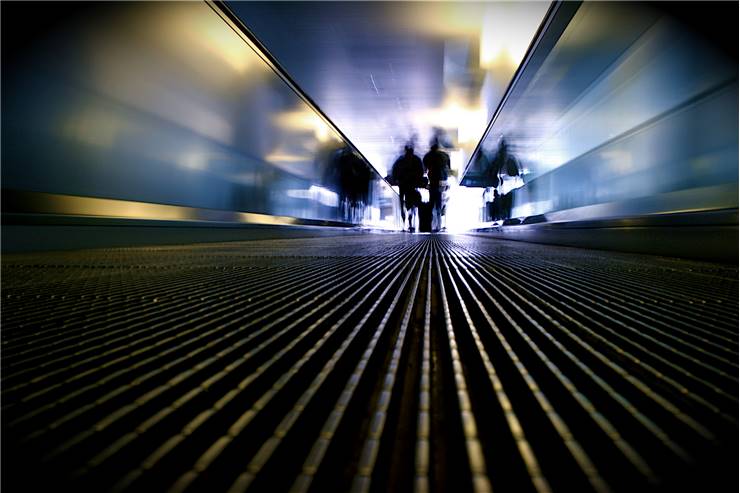History of Moving Walkway
Elevators and public transport systems received constant stream of updates and innovations during the last two centuries, with many interesting designs being created, implemented, widely used and sadly abandoned by the general population. One of the most interesting designs that managed to survive the test of time is without a doubt moving walkway (also known as moving sidewalk, horizontal escalator, horizontalator, movealator, travelator, walkalator, autowalk, movator and slidewalk).
First ever moving walkway was presented to the public during World's Columbian Exposition of 1893, in Chicago, Illinois. This debut offered two variations on the theme of horizontal automated transport – one that hosted comfortable seating, and one where passengers could walk or stand. Second public showcase happened in 1900 during Paris Exposition Universelle, and it offered very different design. One track that moved slowly was accompanied with two slightly elevated tracks that moved faster. Second track moved at the moderate speed, and third at the speed of 6 miles per hour (10 km/h)!
After this interesting period of exploration, many engineers and architects started preparing plans for implementing moving walkways in various public spaces over Europe and North America. One of the most famous proposed systems was intended to be implemented in Atlanta’s subway system in 1925 (named “Continuous Transit System with Sub-Surface Moving Platforms”), but it was never constructed. First public moving walkway in the United States was created in 1954 inside of the Hudson & Manhattan Railroad Erie station in Jersey City, NJ. This walkway named Speedway was 84.5 meter long and it operated at the speed of 1.5 mph (2.4 km/h). Four years lated in 1958 another moving walkway was created in Love Field Airport in Dallas, but it sadly caused death of the 3 year old in 1960.
In the recent years, there were several examples of the moving walkways that used advanced technology. Some of those designs were Swiss “Speedaway system” that had the potential of transporting 10 thousand passengers per hour at the maximum speed of 15 km/h. It never went into production. Another design that actually managed to be installed and used by public was TRAX, French walkway that had entry and exit speed of 3 km/h and maximum speed of 15 km/h. Paris subway received another prototype moving walkway in 2002, which was embraced by the passengers and even installed in the Beaudry metro station in Montreal, Canada.
Moving walkways are today mostly used in public areas, resorts, subways, government buildings or shopping centers that want to enable their visitors to have easier time traversing over inclined terrain. These inclined moving walkways can today be found all over the world.

